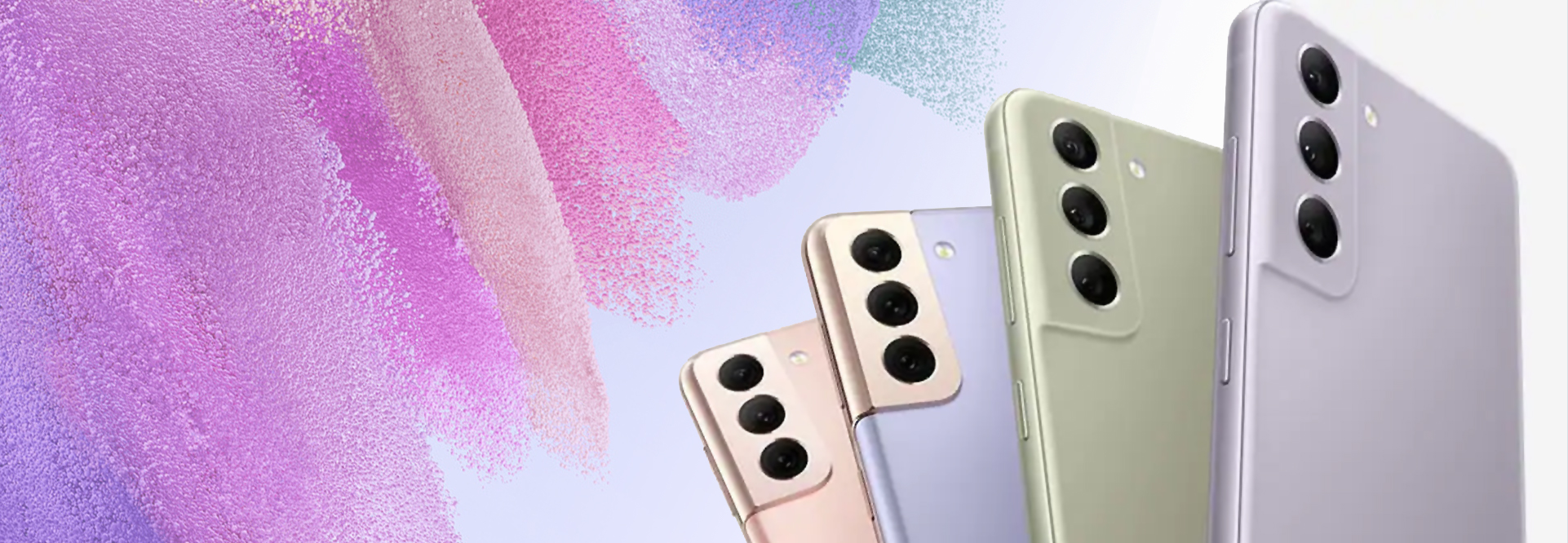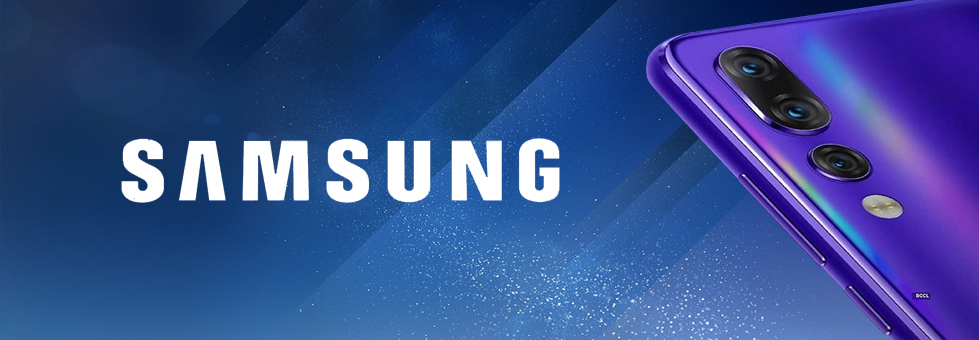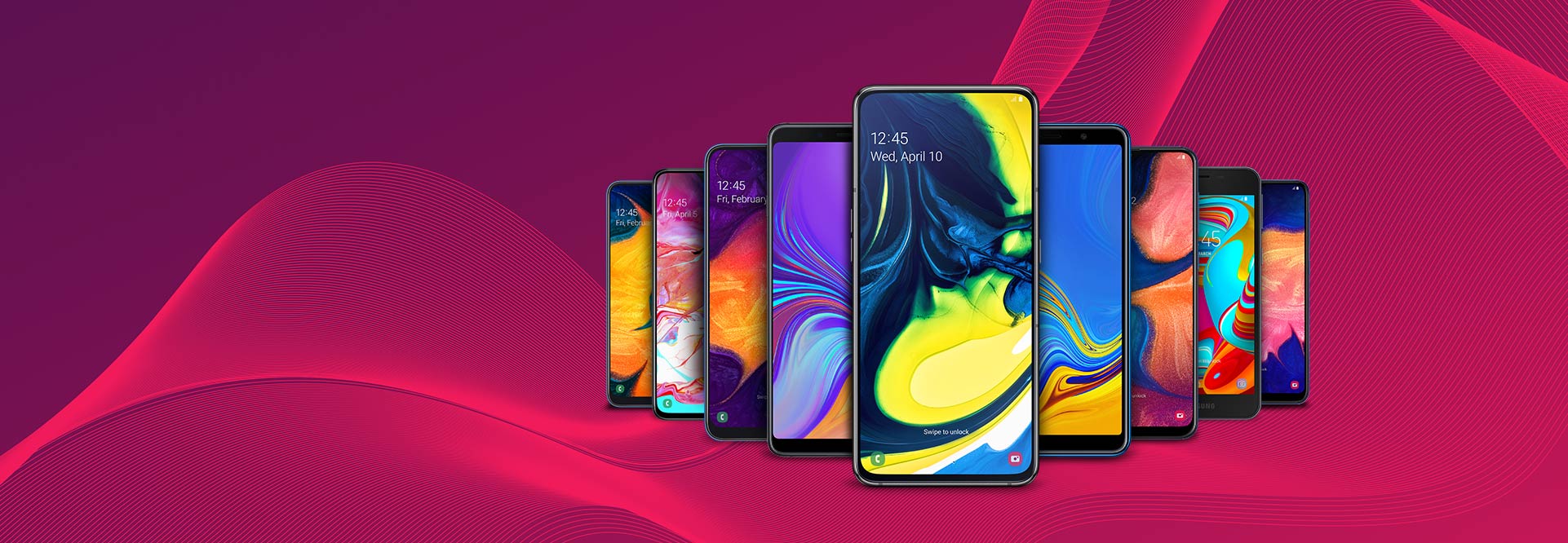Samsung Galaxy S21 5G: Still Worth Buying in 2022?
Robert Cerff / 26-09-2022 / Tech
Although the Samsung Galaxy S21 5G was released at the beginning of last year, it’s still a popular smartphone in South Africa. It appeals to those looking for a premium flagship phone on a tight budget.
But is it still worth your money in 2022? Let’s see how well it’s aged and why it remains one of the most in-demand smartphones in the country.
The camera trifecta
The Samsung Galaxy S21 is the first standard phone from the tech company to match the camera on the Galaxy S series Plus since 2017. It boasts a 12MP main shooter, a 12MP ultra-wide camera with a 120-degree field of view, and a big 64MP telephoto zoom lens. Together, these are powerful imaging sensors for capturing detailed shots with amazing clarity. For selfies, the front has a vibrant 10MP snapper.
The camera on the Galaxy S21 holds up pretty well against its successor, the latest S22, which was launched in February of this year. The 21 series offers a better experience when zooming in, while the new S22 series boosted its main camera to 50MP and dropped the telephoto lens to 10MP.
A two-day battery
Packing a big and power-efficient 4000mAh battery, the Galaxy S21 has great endurance that can easily last two days with light use. You can squeeze out just over 8 hours a day on a single charge if you're a heavy user.
Although it has the smallest battery in the series, it does beat the standard Galaxy S22, which features a slightly smaller 3700mAh battery. The Galaxy S21 also boasts high-end charging capabilities, including up to 25W charging speeds, and it supports fast wired and wireless charging and reverse wireless charging.
Powerful performance
Powering the entire Galaxy S21 series is the Samsung Exynos 2100, offering a speedy overall performance that’s getting quicker with updates. Alongside this, you get 8GB of RAM and internal storage of 128GB or 256GB. It's a snappy, responsive device that doesn’t lag or stutter even while multitasking.
However, if you’re looking for the latest hardware, you’ll find this in the Galaxy S22. It’s powered by the advanced Snapdragon 8 Gen 1, which is a notch above its predecessor.
Display that still delivers
The display on the Galaxy S21 is still considered one of the best on the market. It features a brilliant Dynamic AMOLED 2X panel and an adaptive refresh rate of 120Hz. Colours are vibrant, and a 6.1-inch screen is big enough to immerse you while streaming movies, series, and while gaming.
Keeps you within budget
The best part about buying a slightly older release is the incredible money-saving benefits. For bargain hunters who want a high-end phone without bending their budget, it doesn’t get better than the Galaxy S21. When it launched, it had a prepaid price tag of R17 999, and it now retails for around R15 000. Leading network providers like Telkom, Vodacom, and MTN are currently running fantastic deals on contracts through Mondo Mobile that combine minutes, data, and SMSs.
Updates for three years
One of the biggest benefits of buying the Galaxy S21 is that it’s affordable without compromising on essential security updates. It was released on Android 11 and is currently running on Android 12, with plans by Samsung to update the range until Android 15. This ensures another three years of updates if you purchase one now. The tech giant has also rolled out a security patch this month to enhance system security and stability, as well as fix several bugs for a better user experience.
The Samsung Galaxy S21 is a well-rounded, solid smartphone with an impressive camera, great battery, powerful internals, and superb software. Its premium specs combined with a modest price make it one of the best Samsung smartphones on the market.
All these factors mean it's completely worth it more than one year later, even after the launch of the new flagship range.
Check out Mondo Mobile for the best deals on the Samsung Galaxy S21 5G from SA’s leading network providers if you want to own one of the most in-demand smartphones right now.







